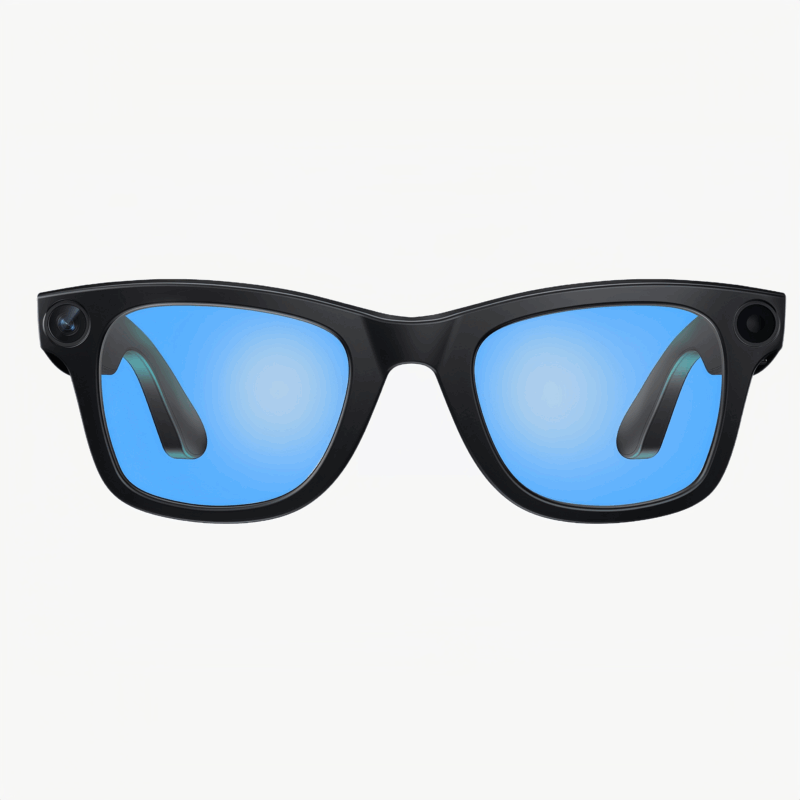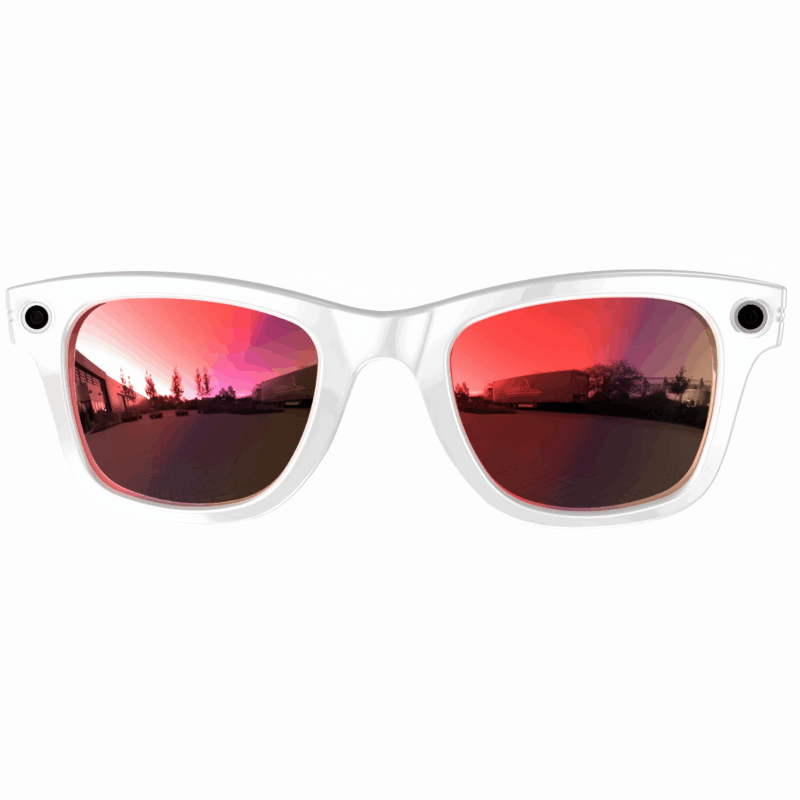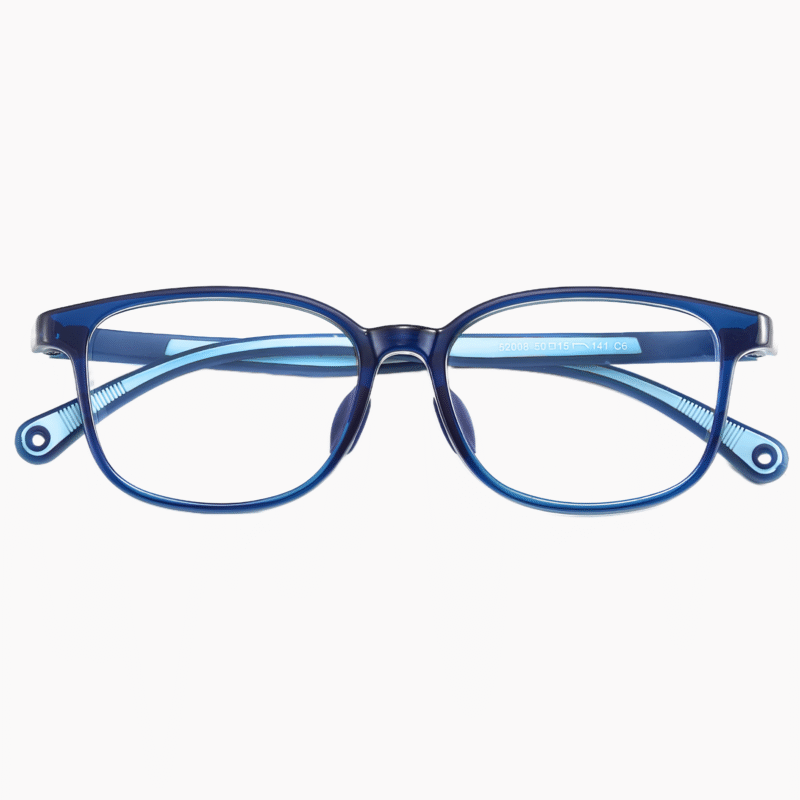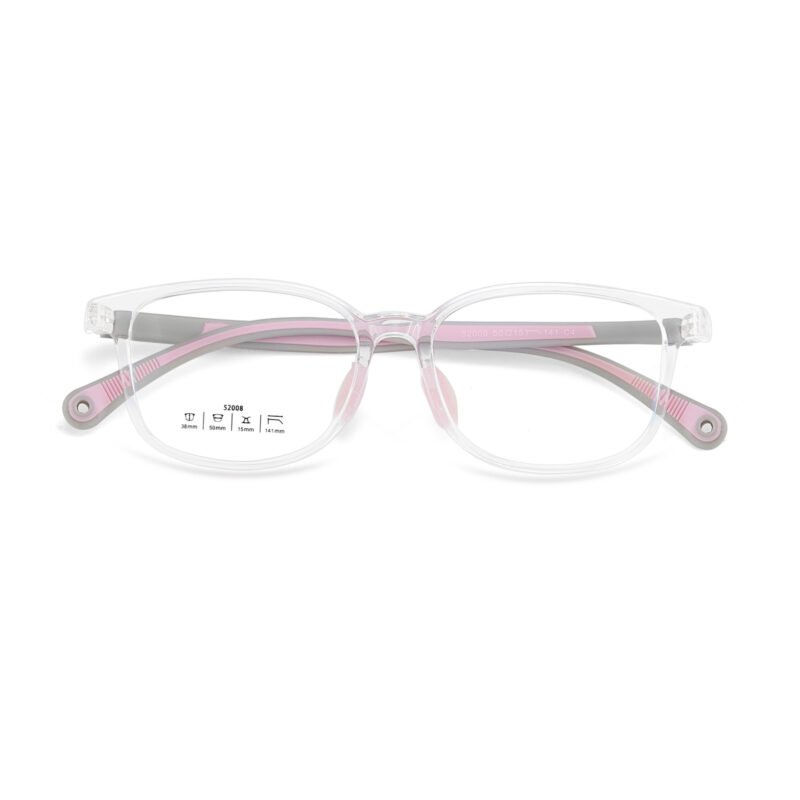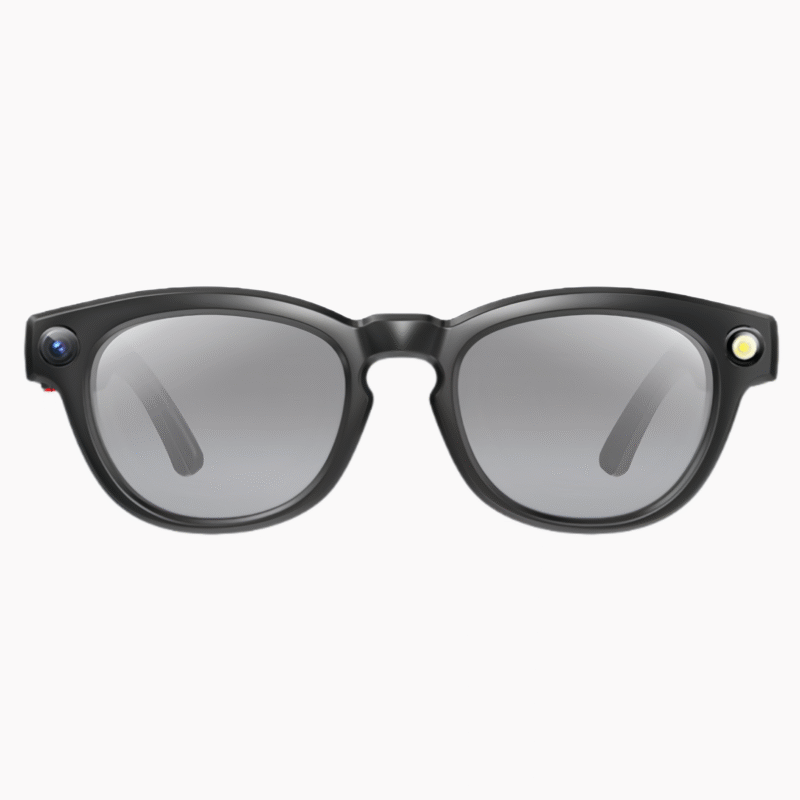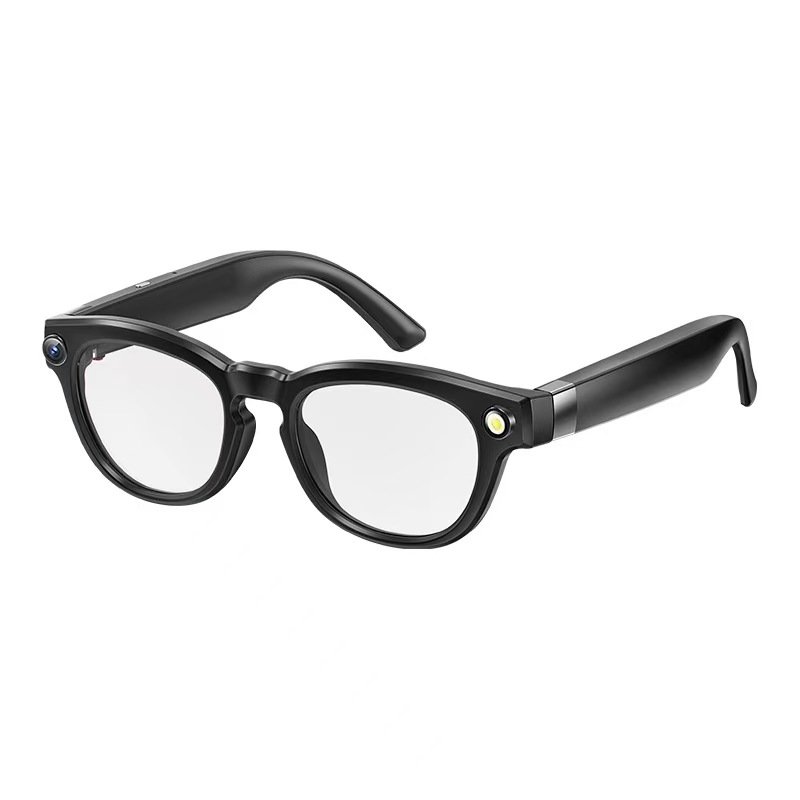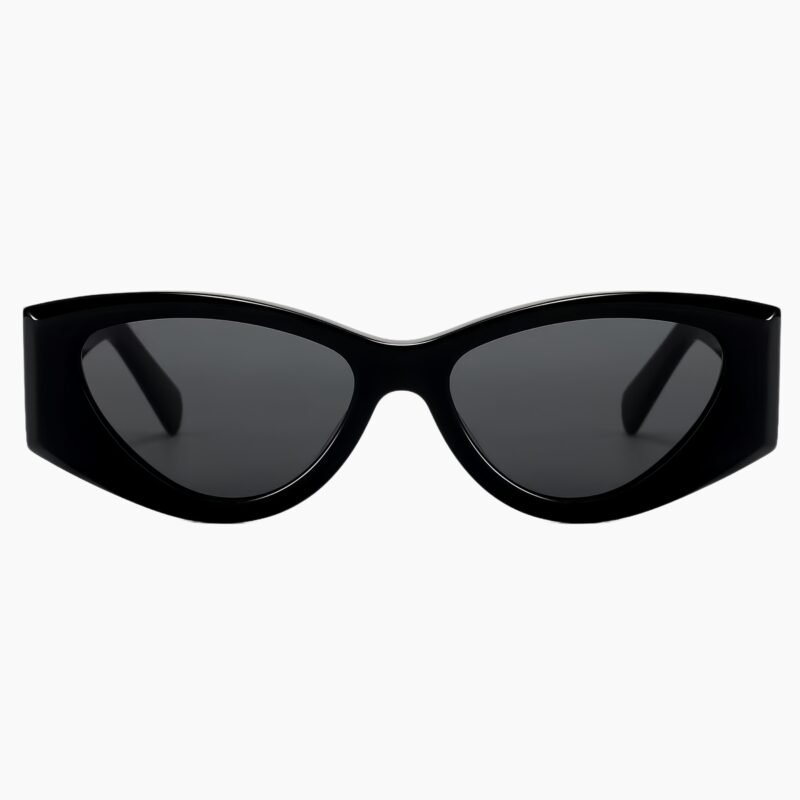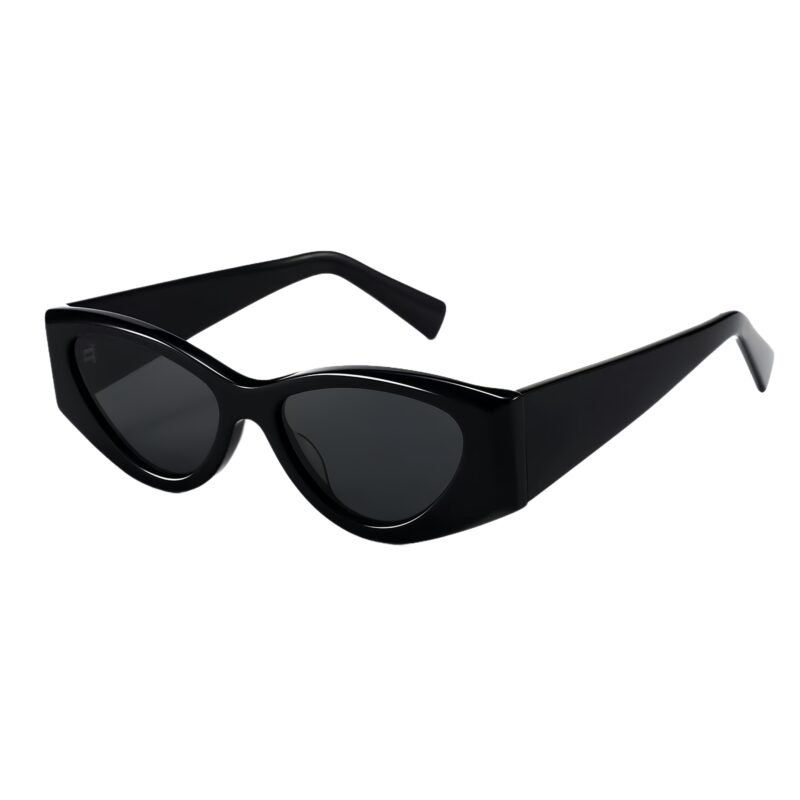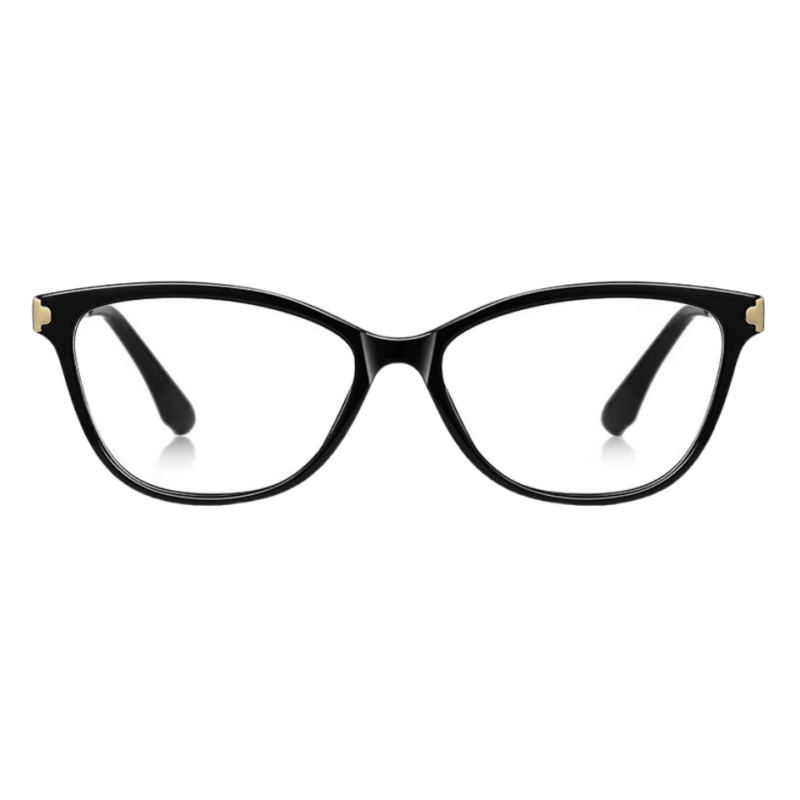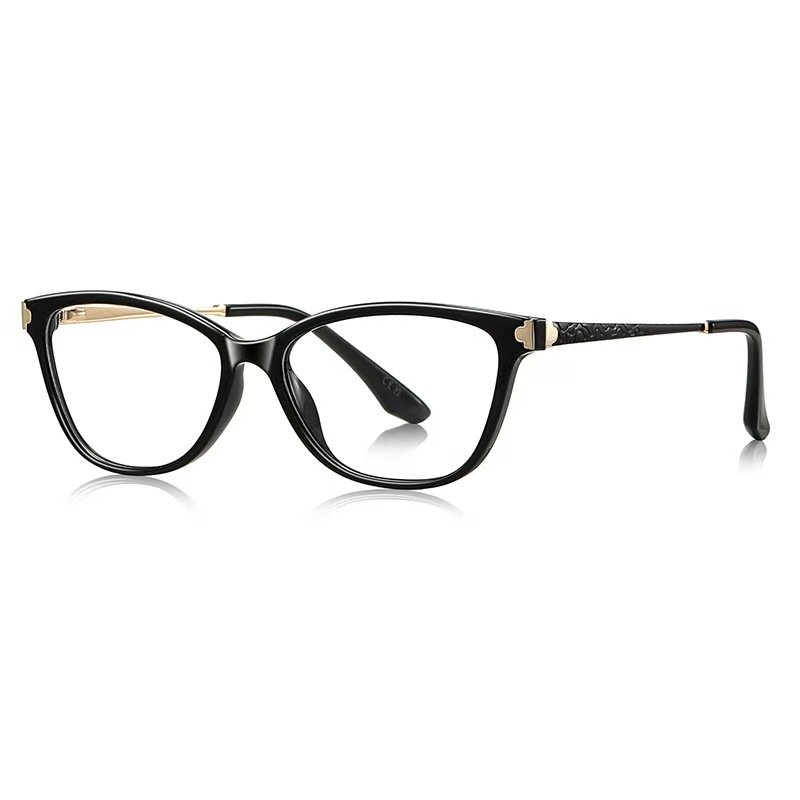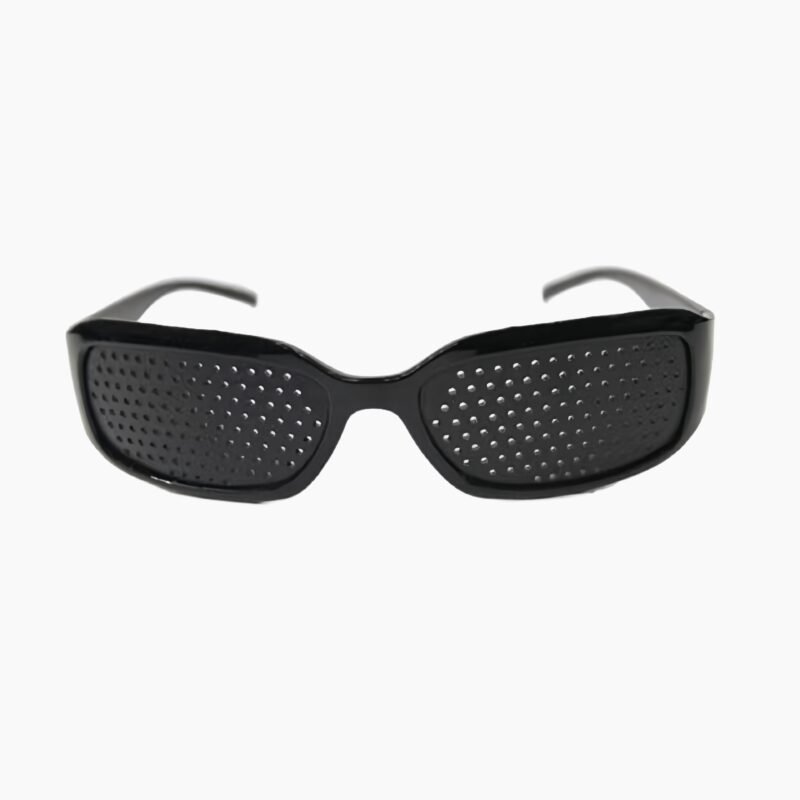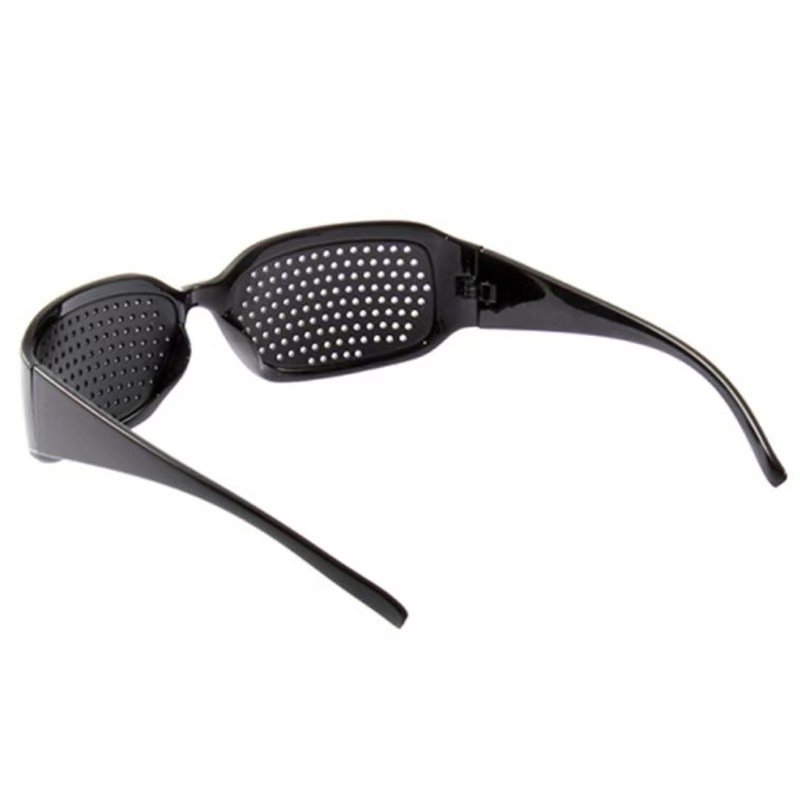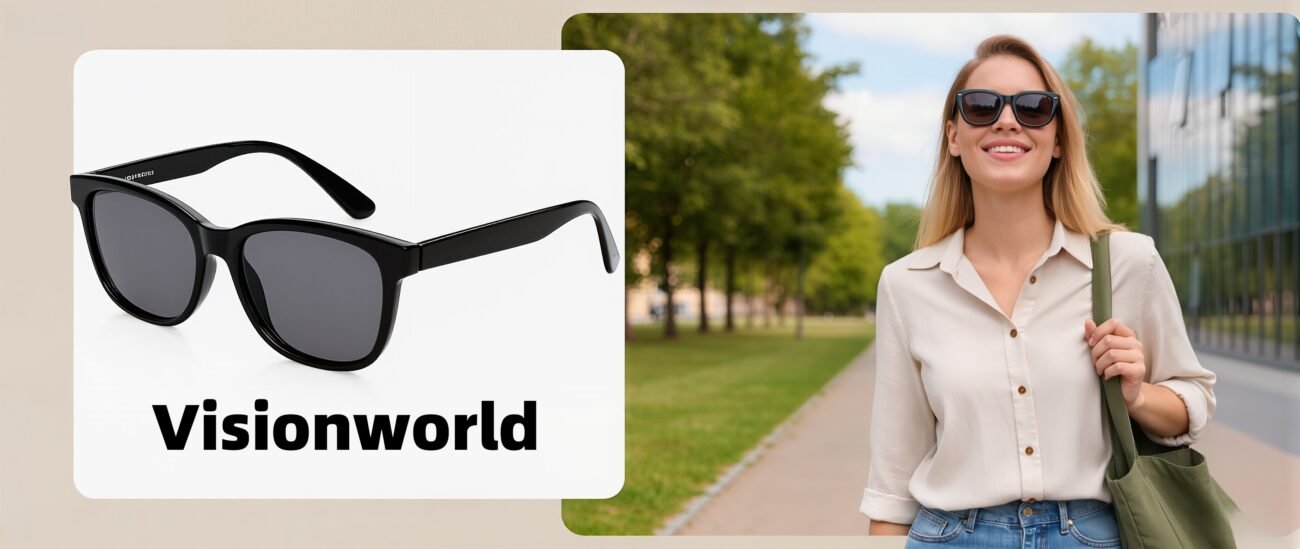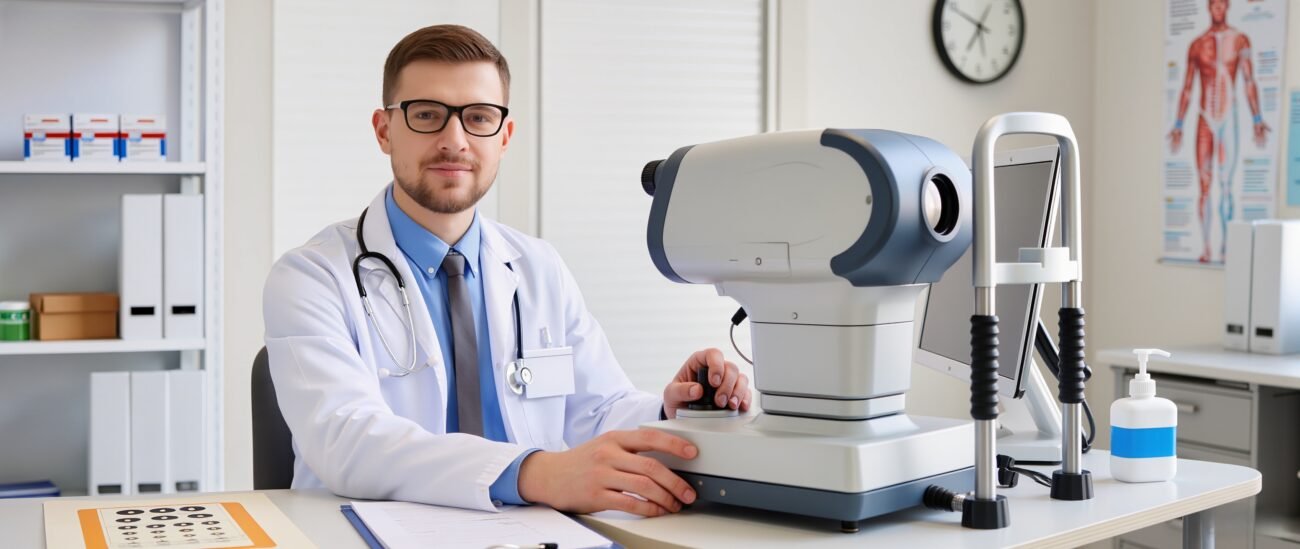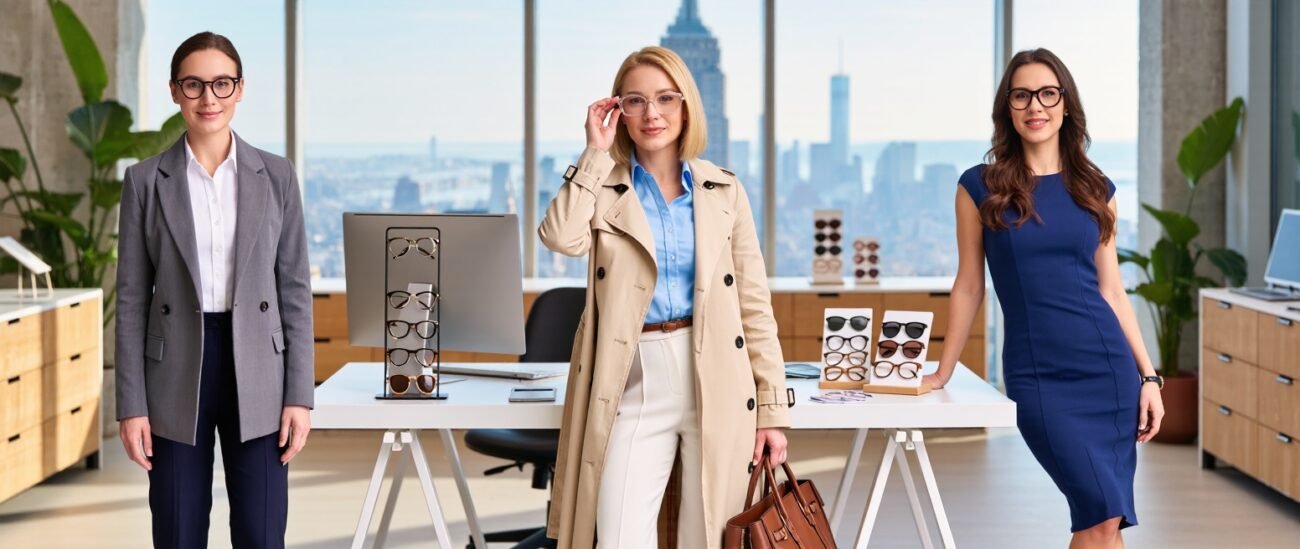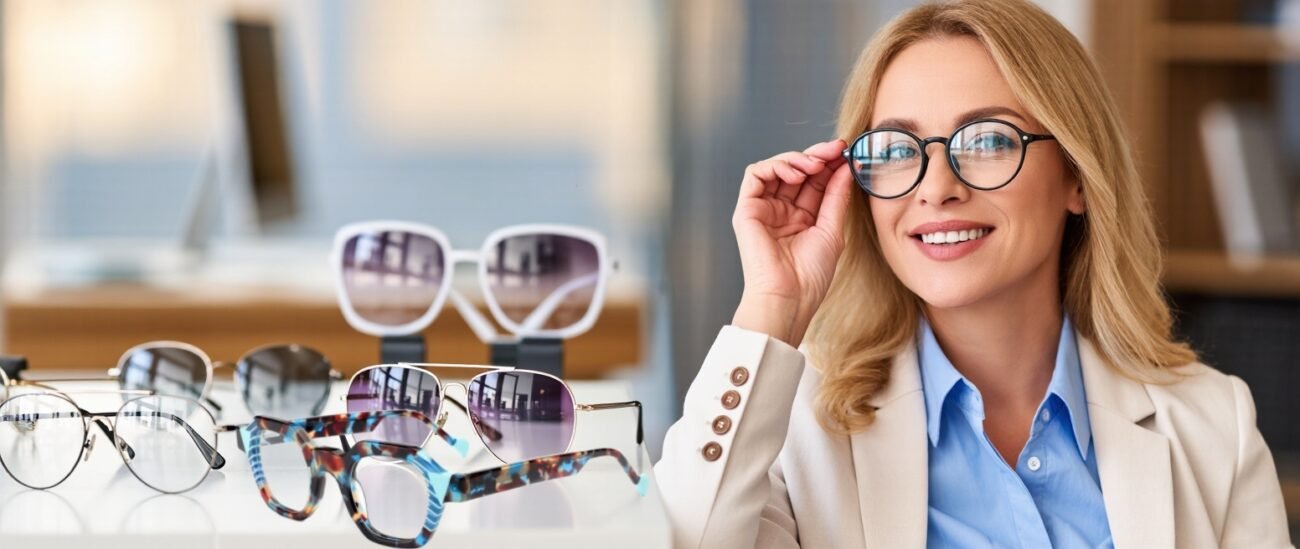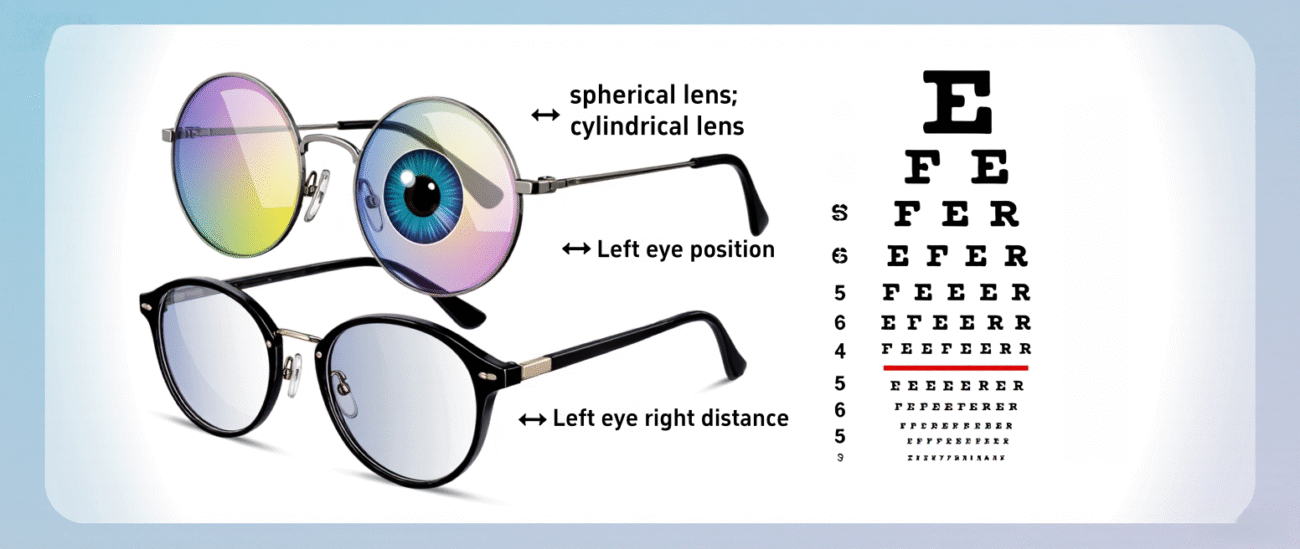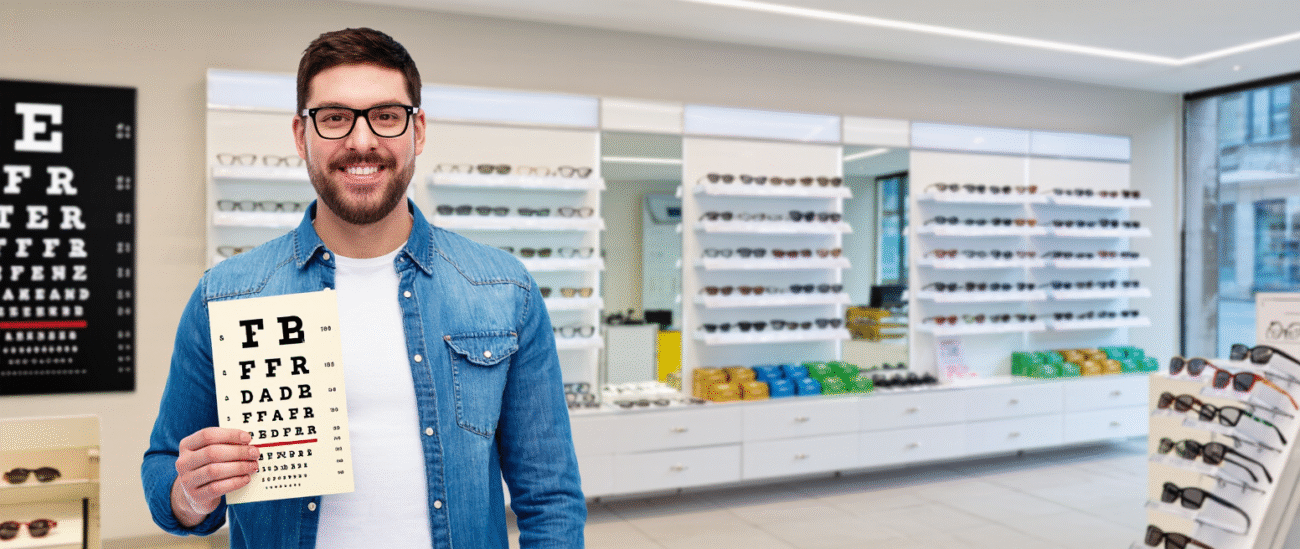Blog
10 Prescription Glasses Care Mistakes (90% of People Make #1!)
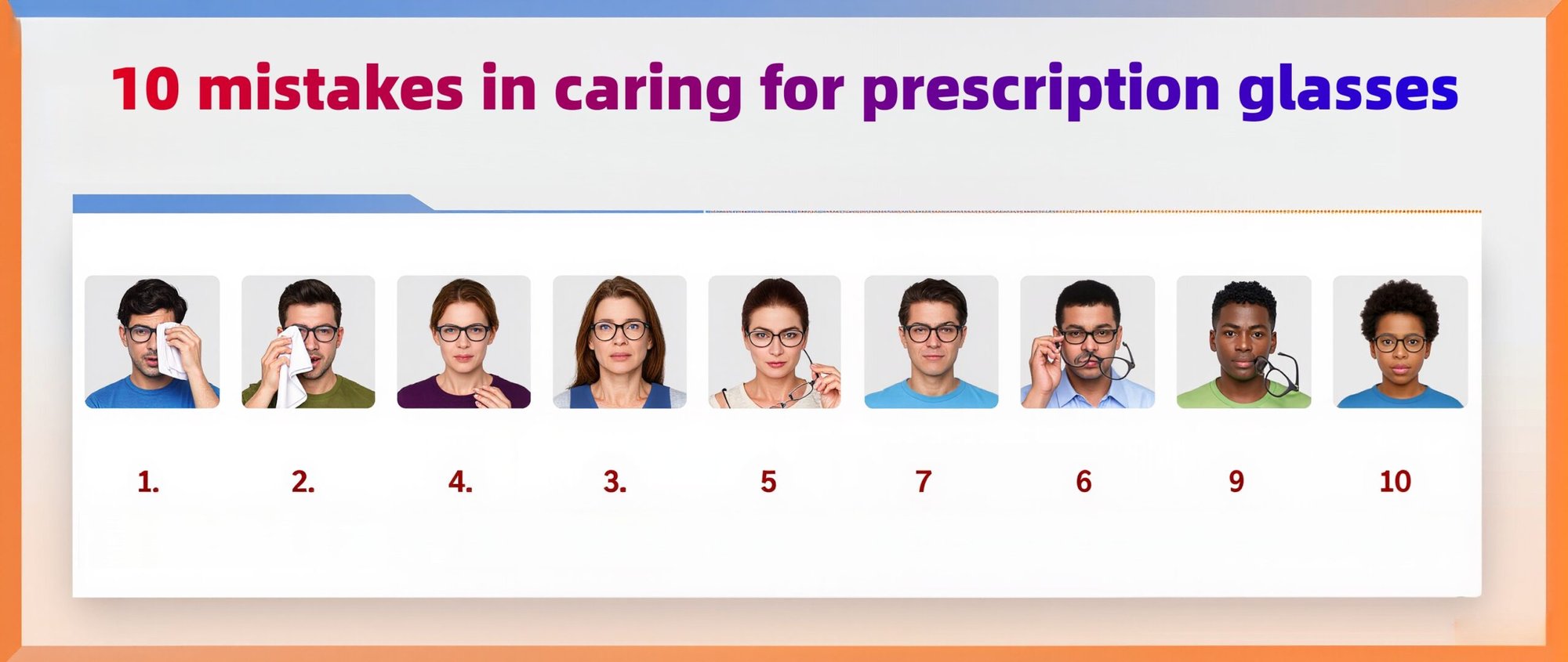
Let's be honest: your prescription glasses are a vital part of your day. They're also a significant investment. Whether you wear single-vision lenses, progressives, or have jumped on the blue light glasses trend, proper care is non-negotiable. Yet, most of us are guilty of habits that shorten their lifespan, damage the lenses, and ultimately cost us more money.
You might be causing micro-scratches, warping your frames, or degrading special coatings without even knowing it. We've compiled the ten most common prescription glasses care mistakes. We're willing to bet 90% of you are making the first one right now.
Mistake #1: Using Your Shirt Tail or Tissues to Clean Lenses
Sound familiar? This is the big one. That quick wipe with your cotton t-shirt or a paper towel seems harmless, but it's a primary culprit for scratches. Fabrics and paper products contain abrasive fibers and often trap dust particles. You're essentially sanding your lenses with every rub. For those with blue light glasses, this can also smudge and degrade the delicate anti-reflective coating that blocks digital eye strain.
· The Fix: Always use a microfiber cloth designed for optics. Rinse the lenses first with lukewarm water to dislodge grit, then gently dry and polish with the cloth.
Mistake #2: Leaving Your Glasses Face Down
Placing your glasses lenses-down on any surface is an invitation for scratches. It doesn't matter if it's a seemingly smooth desk, a countertop, or your nightstand; you're pressing the lenses against potential abrasives.
· The Fix: Develop the habit of always storing your glasses in a hard-shell case when you're not wearing them. No case? Rest them on their temples, with the lenses facing upward.

Mistake #3: Spray hair gel or perfume when wearing to prevent it from falling on prescription glasses
The alcohols and chemicals in aerosols and sprays are brutal on prescription glasses. They can degrade lens coatings, cause them to peel, and cloud the plastic over time. They can also damage the frame's material and color.
· The Fix: Put your glasses on after you've finished applying hairspray, perfume, and sunscreen.
Mistake #4: Using Household Cleaners on Your Lenses
Windex, glass cleaner, ammonia, or vinegar-based solutions are far too harsh for modern eyeglass lenses, especially those with multiple coatings. They will strip away the anti-reflective, anti-scratch, and blue light filtering coatings, permanently damaging your lenses.
· The Fix: Only use a lens cleaner specifically formulated for eyeglasses or a drop of mild dish soap (like Dawn) with water.
Mistake #5: Wearing Loose prescription glasses and Constantly Pushing Them Up
If your glasses are constantly sliding down your nose, it's not just annoying—it's a sign they need an adjustment. Continuously handling them with one hand to push them up puts uneven pressure on the frames, gradually bending them out of shape.
· The Fix: Visit your optician for a professional adjustment. A properly fitted pair should sit comfortably without needing constant correction.
Mistake #6: Exposing Glasses to Extreme Heat
Never leave your prescription glasses in a hot car, on the beach in direct sun, or near a stove. High heat can warp plastic frames, loosen the tension in the temples, and even cause anti-reflective coatings to crack (a phenomenon called "crazing").
· The Fix: Treat your glasses like you would your smartphone. Keep them in a temperate environment and always in their case when not in use.
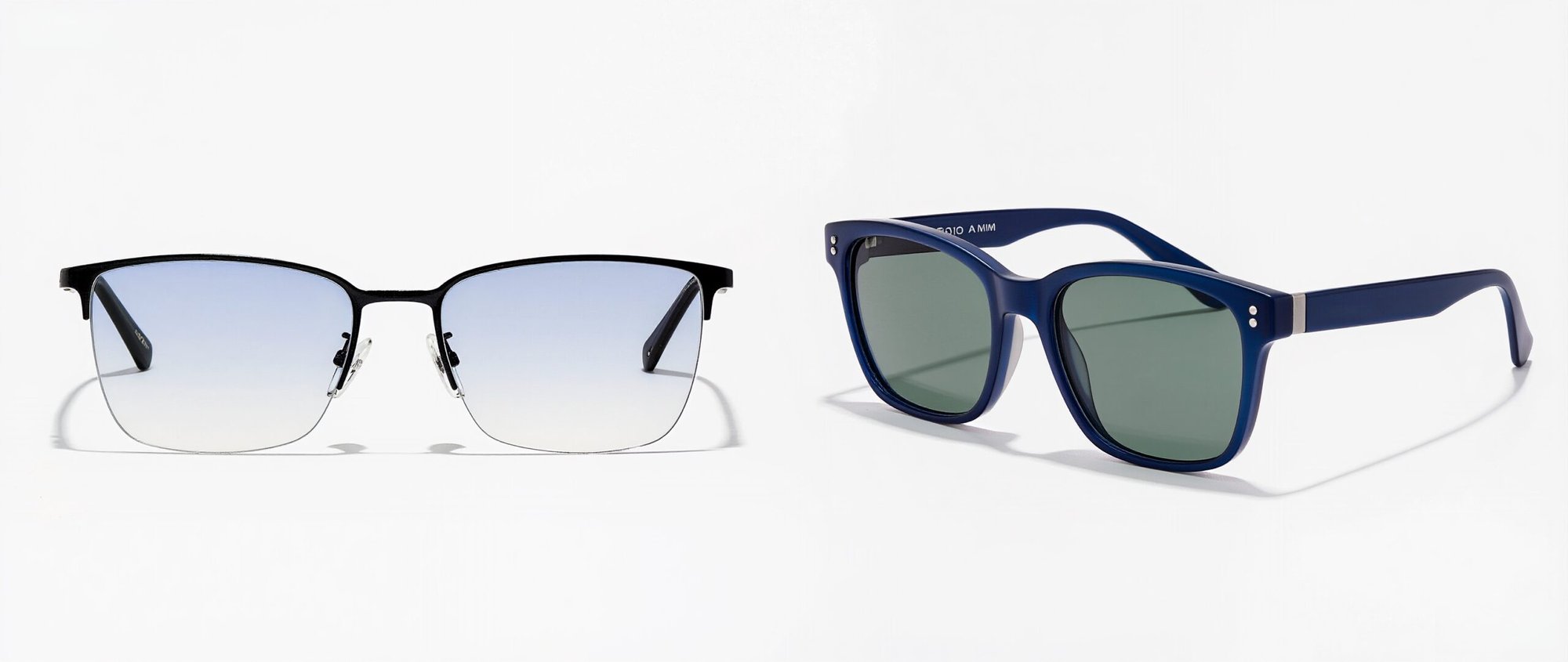
Mistake #7: Cleaning Dry, Gritty Lenses
If you can feel or hear grit on the lenses, do NOT start wiping. You are grinding those particles directly into the surface of the lens, creating a web of fine scratches that can obscure your vision.
· The Fix: As in Mistake #1, always rinse your lenses first to wash away debris before using a microfiber cloth.
Mistake #8: Sleeping or Napping with Your Glasses On
This is a surefire way to end up with a bent frame or broken temples. The pressure from your head against a pillow will twist the glasses into an unnatural position. This is especially risky for more delicate metal frames.
· The Fix: Make it a nightly ritual: remove your glasses and place them securely in their case.
Mistake #9: Using a Damaged Microfiber Cloth
A dirty, dusty, or greasy microfiber cloth is just as bad as using your shirt. Once the cloth is contaminated, it loses its ability to clean gently and starts to cause damage.
· The Fix: Regularly hand-wash your microfiber cloths with a mild soap and let them air dry. Replace them when they become worn or stained.
Mistake #10: Trying to "Fix" Broken Frames Yourself
A small screw came loose, so you used a kitchen knife to tighten it? The temples are too tight, so you're bending them with pliers? DIY repairs often lead to stripped screws, broken frames, and voided warranties. This is crucial for specialized frames, like many that house blue light glasses, which can have unique hinges.
· The Fix: For any adjustments or repairs, take your glasses to a professional optician. They have the proper tools and expertise to fix them correctly.
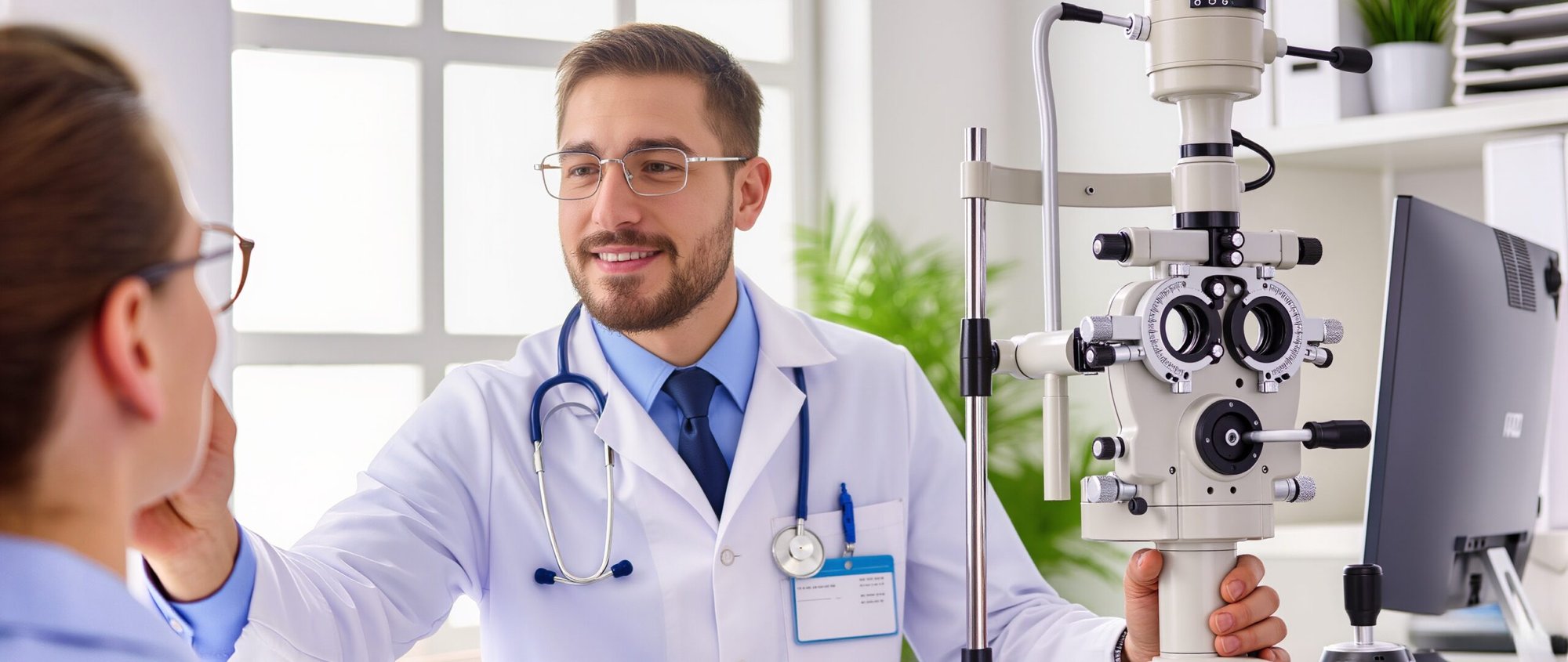
prescription glasses:Protect Your Vision and Your Investment
Your prescription glasses are engineered for clarity, comfort, and eye health. Proper care isn't just about keeping them clean; it's about preserving their optical precision and ensuring you get the full value from features like blue light protection.
By avoiding these ten common mistakes, you can extend the life of your glasses, save money on premature replacements, and enjoy crystal-clear vision for years to come.
Did you find yourself making any of these mistakes? Share your "aha!" moment with us on social media, and explore our blog for more tips on choosing the perfect lenses and frames for your lifestyle!
10 Practical Tips to Protect Your Eye Health and Vision: Reduce the prescription glasses wearing degree;
Let's face it: in our modern world, our eyes are working overtime. From the moment we wake up and check our phones to the hours spent in front of computers and winding down with TV at night, our vision is constantly under strain. Protecting your eye health isn't just about getting a checkup—it's about daily habits.
Good news is, safeguarding your eyesight is easier than you think. We've compiled ten practical, expert-backed tips you can start using today to reduce digital eye strain, support long-term health, and keep your vision sharp. Let's dive in.
1. Master the 20-20-20 Rule: The Digital Savior
This is the golden rule for the digital age. Staring at screens causes us to blink less, leading to dry, tired eyes. The 20-20-20 rule forces you to take a break.
· The Tip: Every 20 minutes, look at something 20 feet away for at least 20 seconds. Set a timer if you have to! This simple habit resets your focus muscles and encourages blinking. This is one of the most effective ways to combat symptoms of digital eye strain, a primary reason people seek prescription glasses with specialized lenses.

2. Eat a Vision-Protecting Diet: You Are What You Eat
Your eyes benefit immensely from specific nutrients. Loading up on these can help ward off age-related issues like macular degeneration.
· The Tip: Fill your plate with dark, leafy greens (spinach, kale), oily fish (salmon, tuna), eggs, nuts, and citrus fruits. These are rich in Lutein, Zeaxanthin, Vitamin C, Vitamin E, and Omega-3 fatty acids—all superstars for eye health.
3. Wear Sunglasses—Rain or Shine: UV Protection is Non-Negotiable
Harmful UV rays from the sun aren't just bad for your skin; they can damage your eyes, contributing to cataracts and macular degeneration. This happens even on cloudy days.
· The Tip: Always wear sunglasses that block 99% to 100% of both UVA and UVB rays. Look for a label that says "UV400" protection. Wraparound styles offer the best coverage from the sides.
4. Quit Smoking: The Single Worst Habit for Your Eyes
If you need another reason to quit, here it is. Smoking dramatically increases your risk of severe eye diseases, including cataracts, macular degeneration, and optic nerve damage.
· The Tip: Seek help from a doctor or a smoking cessation program. Quitting at any age can significantly reduce these elevated risks and benefit your overall health, including your vision.
5. Use Proper Lighting: Eliminate Glare and Strain
Harsh overhead lighting and glare from windows are major contributors to eye strain. The goal is to have your ambient light be about as bright as your screen, without creating a reflection.
· The Tip: Position your computer screen to avoid glare from lights or windows. Use blinds and opt for softer, floor-standing lamps instead of harsh fluorescent overhead lights when possible.

6. Blink More Often: The Simplest Fix for Dry Eyes
Blinking moistens your eyes, preventing dryness and irritation. Studies show we blink about 66% less frequently when using digital devices.
· The Tip: Make a conscious effort to blink fully and more often when working on a computer or reading. For persistent dryness, consider using preservative-free artificial tears.
7. Get Regular Comprehensive Dilated Eye Exams: The Ultimate Prevention
This is the most critical tip. Many serious eye diseases, like glaucoma, often have no early warning signs. A comprehensive dilated eye exam is the only way an optometrist can check for these issues in their earliest, most treatable stages. It's also how you ensure your prescription glasses are up-to-date, providing the sharpest, most comfortable vision.
· The Tip: Adults should have a comprehensive exam at least every two years, and annually after age 60 or if you have risk factors like diabetes or a family history of eye disease.
8. Practice Eye Safety: During Work and Play
Your eyes are vulnerable. An accident during home repairs, sports, or even cleaning with chemicals can cause permanent vision loss in an instant.
· The Tip: Always wear protective eyewear—safety glasses, prescription glasses goggles, or shields—when doing anything that could pose a risk. This is a non-negotiable habit for true eye protection.
9. Maintain a Healthy Weight and Stay Active
Being overweight or obese increases your risk of developing conditions like diabetes and systemic hypertension, which can lead to vision-threatening eye diseases like diabetic retinopathy.
· The Tip: A balanced diet and regular exercise help maintain a healthy weight and good circulation, which benefits the tiny blood vessels in your eyes.
10. Adjust Your Digital Device Settings
Your screen shouldn't be a source of glaring light. Small adjustments can make a huge difference in comfort.
· The Tip:
· Brightness: Match your screen's brightness to the room. It shouldn't look like a light source.
· Text Size: Increase the text size so you don't have to squint.
· Color Temperature: Reduce the blue light emission by using "Night Shift" or "Night Light" modes, especially in the evening. For all-day comfort, ask your eye doctor about prescription glasses with a blue light-filtering coating.
Summary: Developing good habits in life and work can be beneficial to the degree upgrade of our prescription glasses, and can even prevent the frequency of wearing prescription glasses
Children’s square prescription glasses frame
$59.00HD shooting AI smart glasses-2025The best-selling glasses
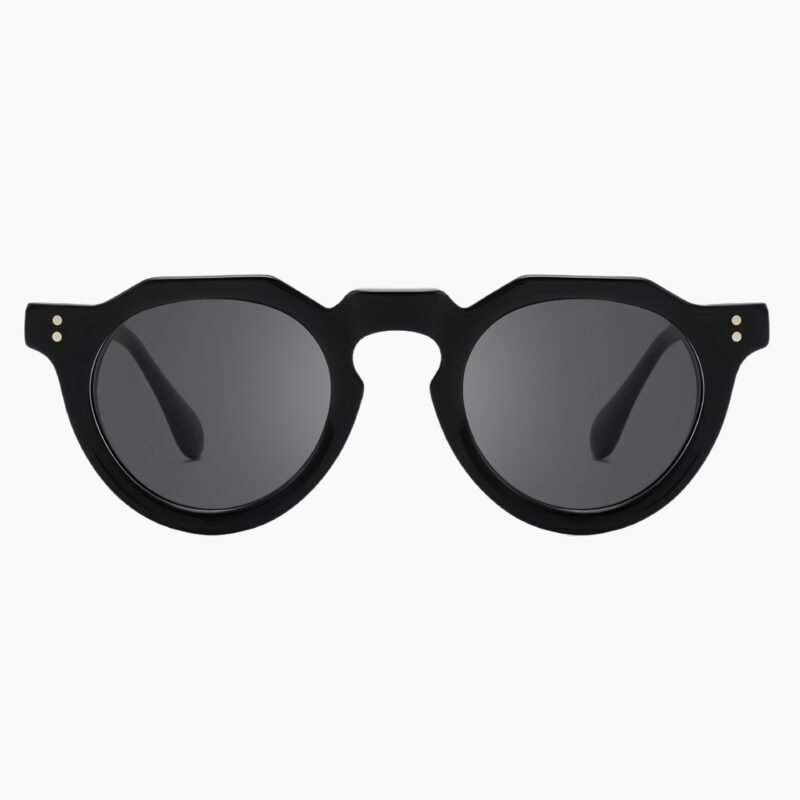
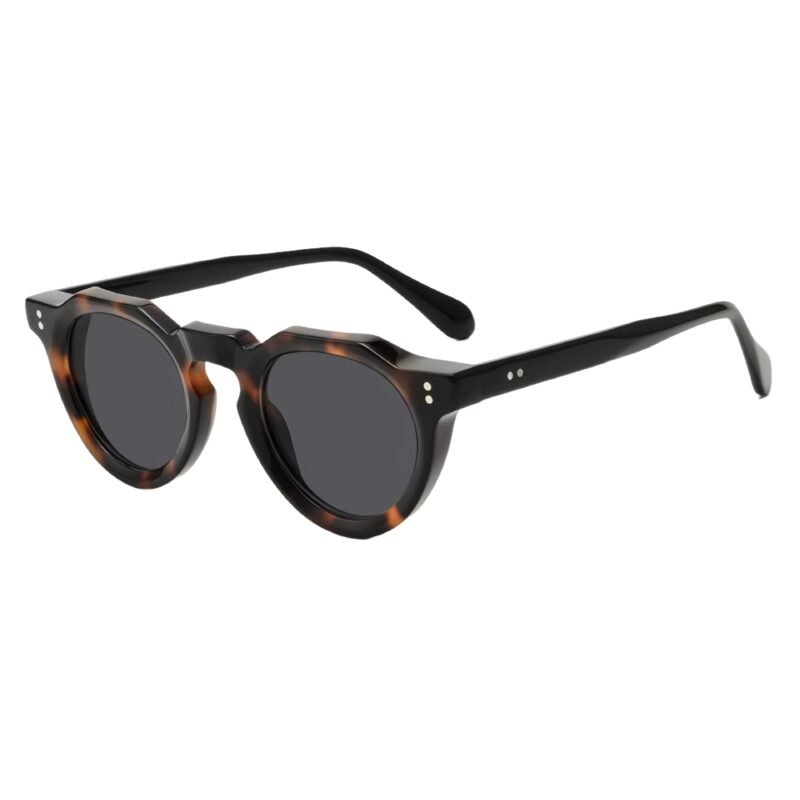
Heavy-duty oval polarized sunglasses, high-end anti-UV vintage style unisex glasses
High-end cat eye sunglasses – Street photography UV protection plastic sun glasses
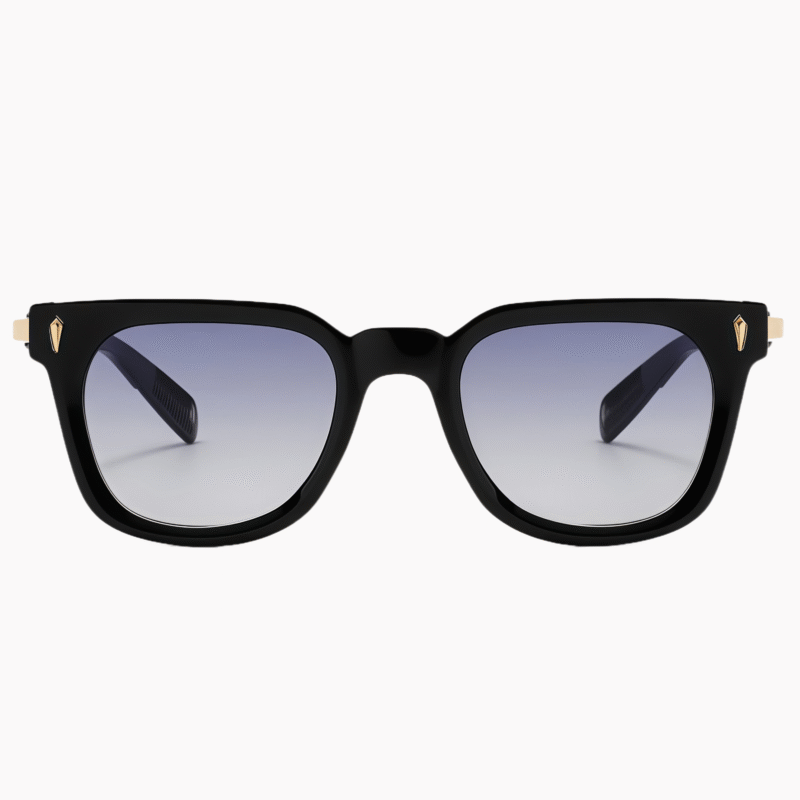
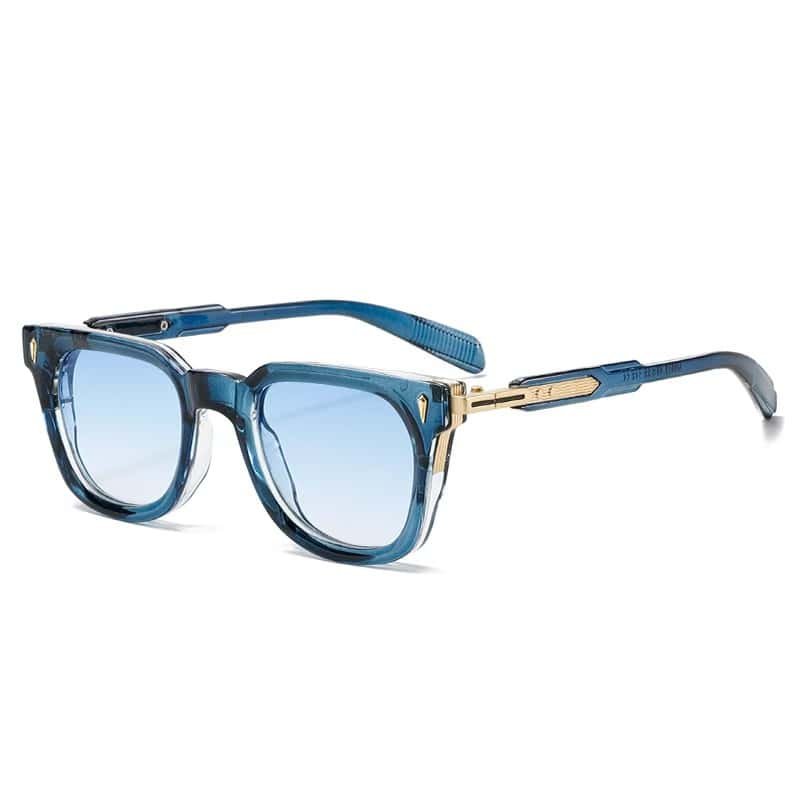
Ladies’ Square Sunglasses Polarized Lens – The Most Popular Elegant Casual Glasses Style of 2025
$32.90Light luxury cat eye glasses | Women’s prescription glasses frame – the most popular glasses style in the United States
$26.90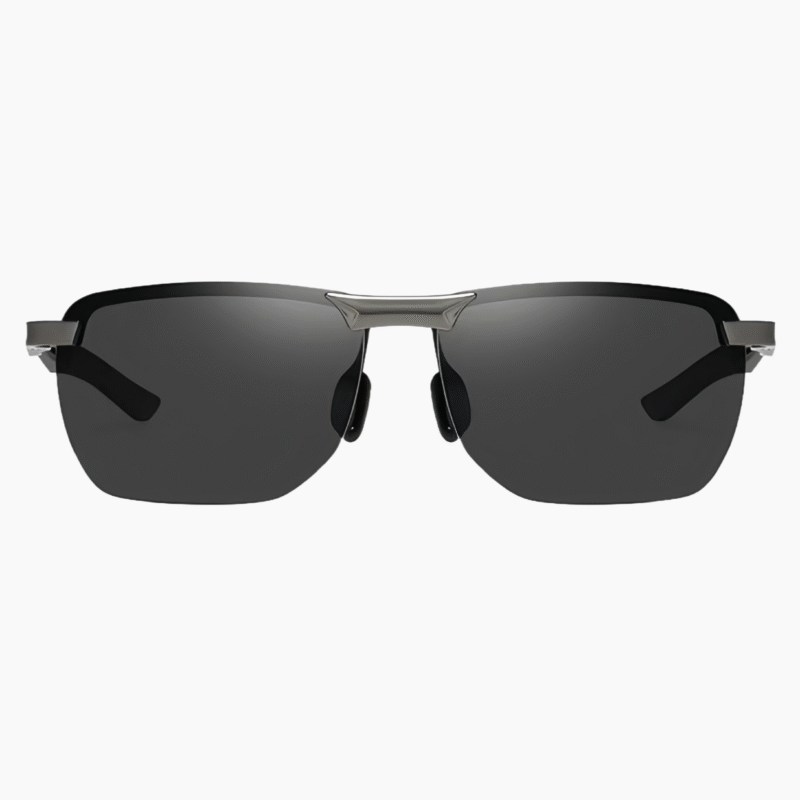
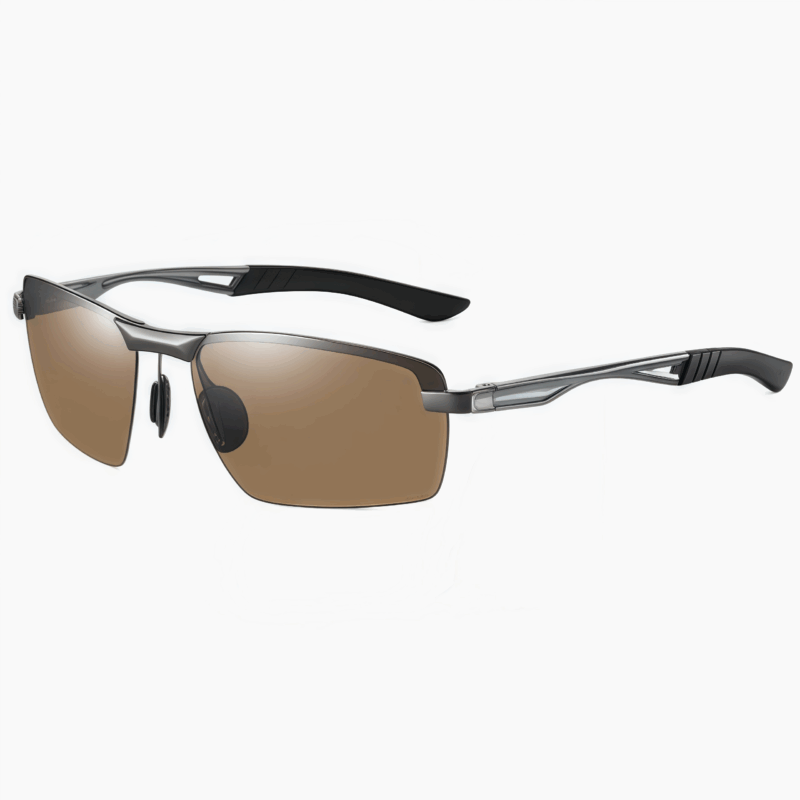
Men’s Polarized Sunglasses Anti-UV400 Sports Glasses – 2025 America’s Best Selling Sung
$29.90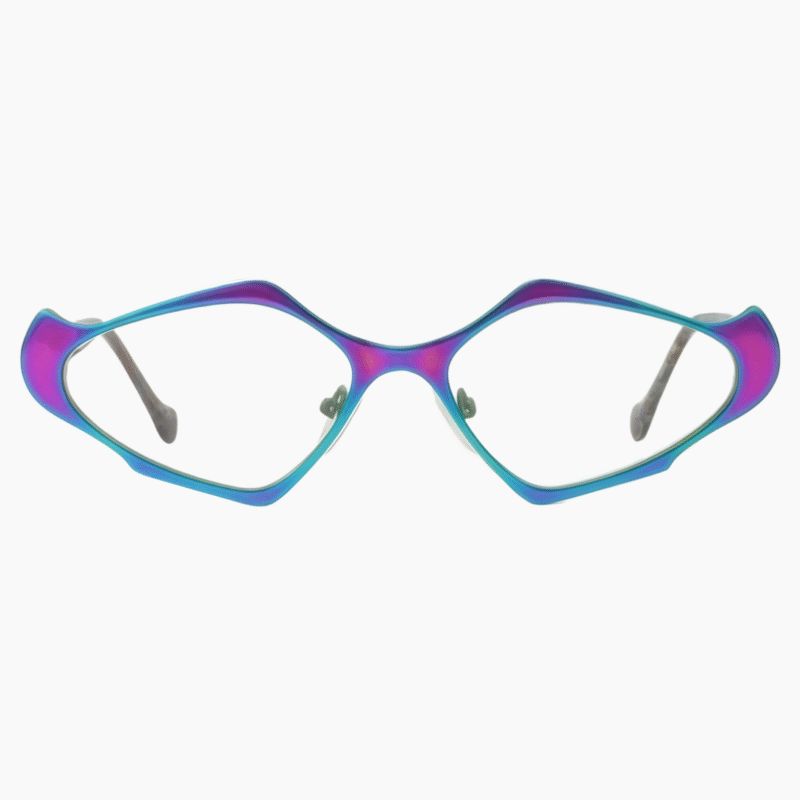
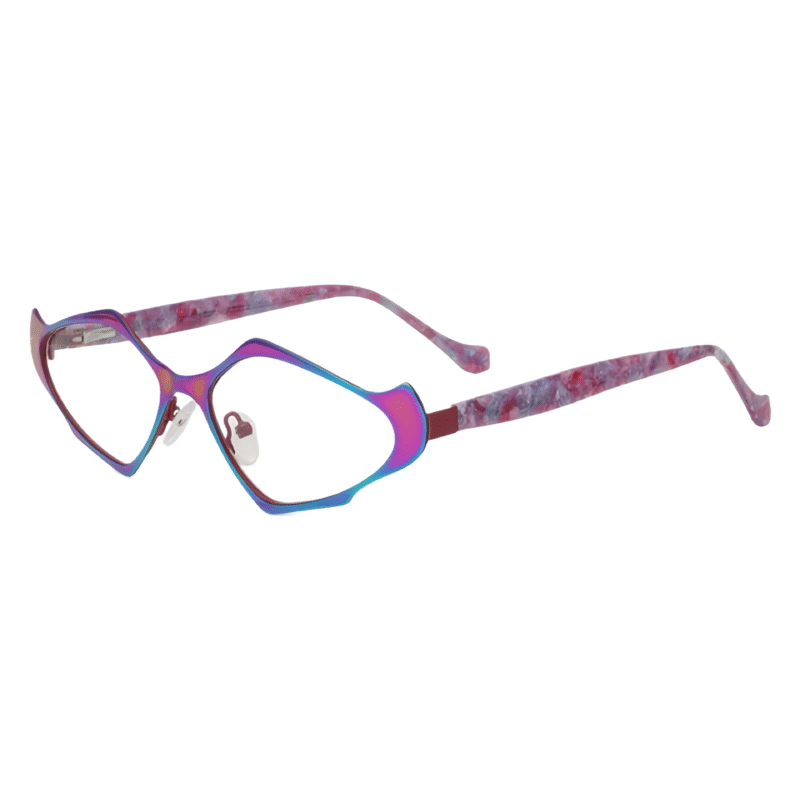
Ms. Geometric Prescription Glasses Frame – Exclusive Personalized Trend
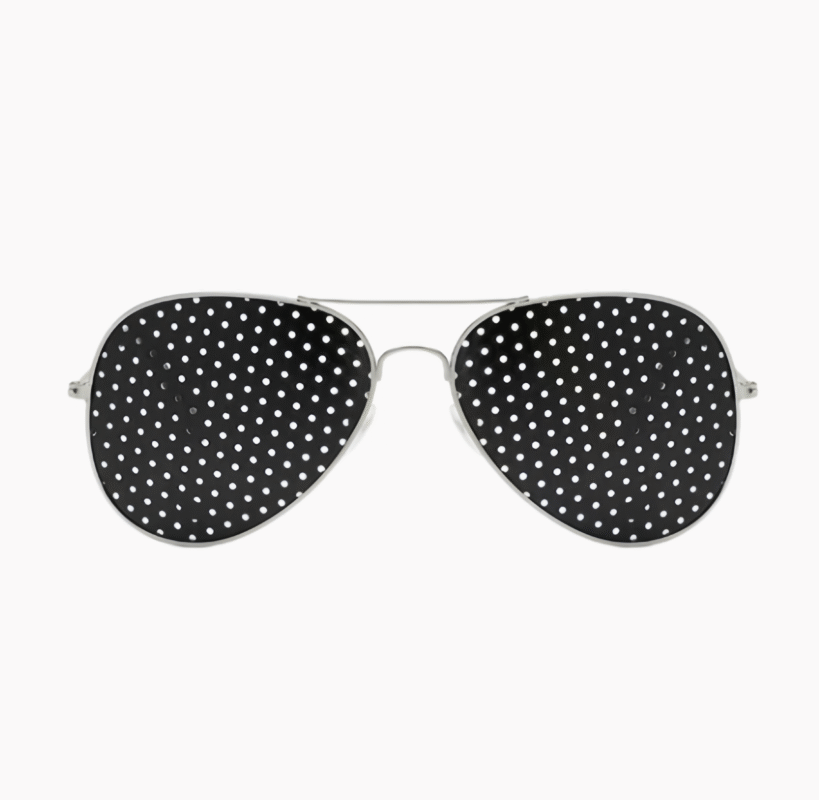
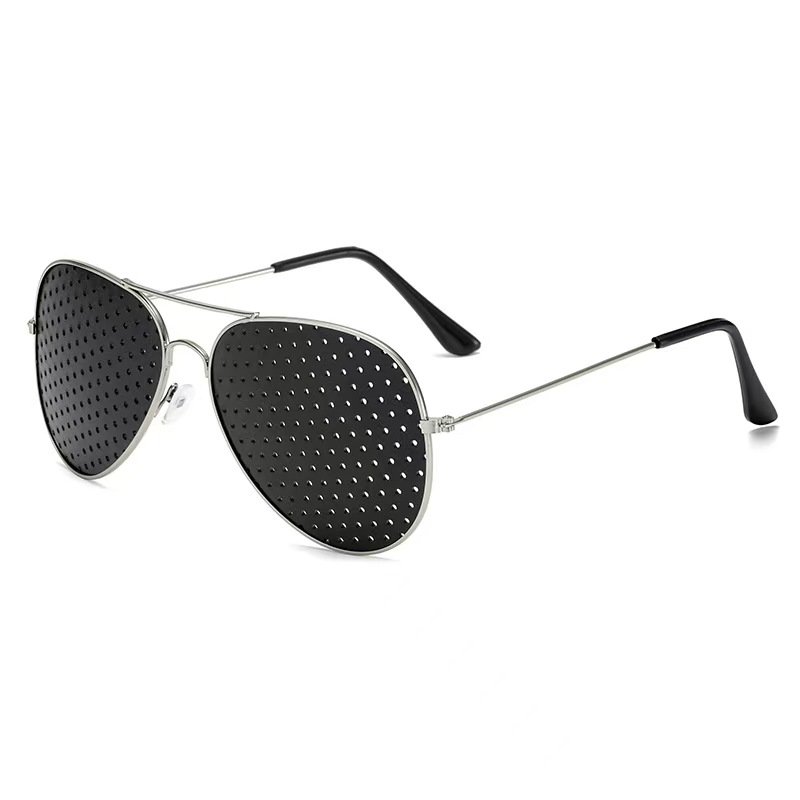
Pilot style pinhole glasses vision correction-The most comfortable and convenient visual training glasses
$37.00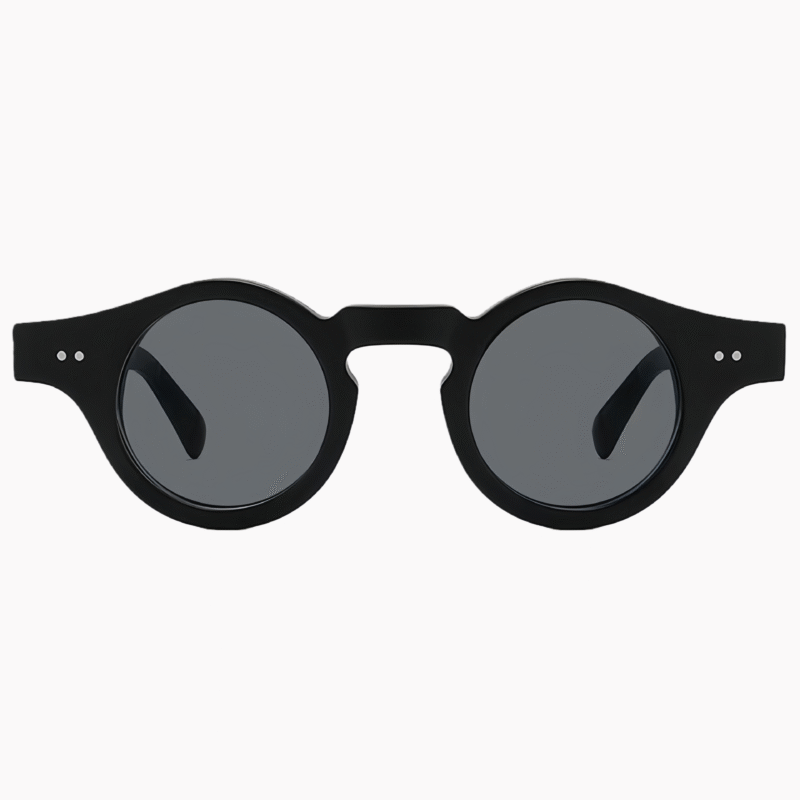
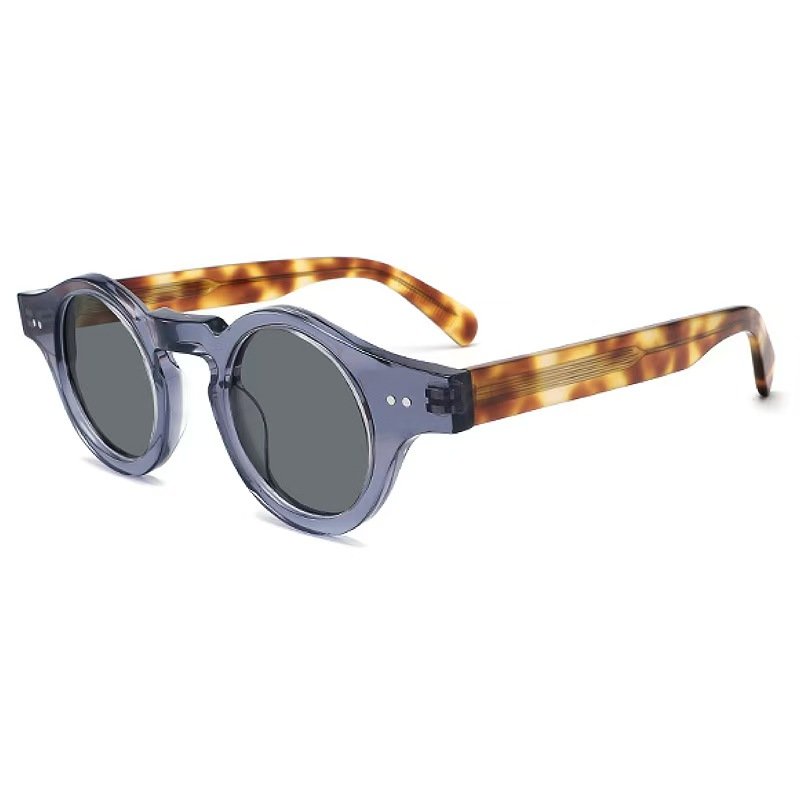
Progressive Thick-Frame Oval Sunglasses | Premium Acetate & Polarized Lenses
